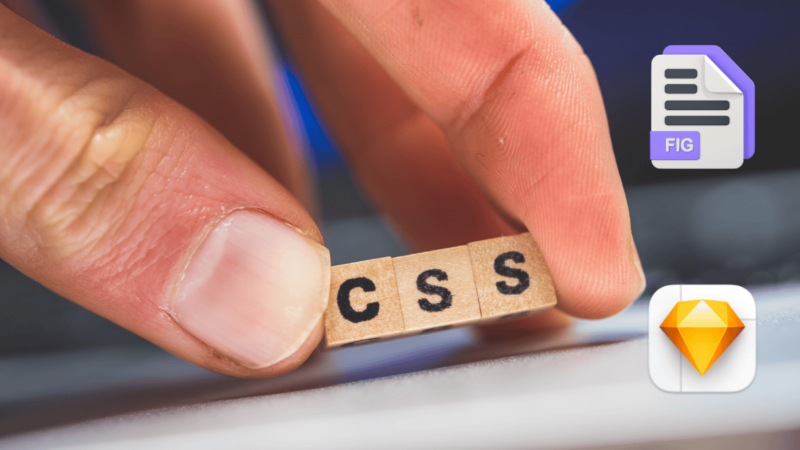Hey, Sharih Hassan here! 👋 You asked, I deliver: a deep-dive guide on CSS that auto-adjusts to every screen size. We’re talking mobile, tablet, desktop, and even your grandma’s ancient iPad. Let’s turn “Why does this look weird?” into “Holy guacamole, it’s perfect!” 🥑
(Pssst… If you’re new to CSS customization, warm up with my Squarespace CSS Injection Guide—it’s like stretching before a marathon.)
Why Bother with Auto-Adjusting CSS?
Let’s get real: 55% of web traffic is mobile, and Google ranks responsive sites higher. Your site isn’t just a pretty face—it’s a survivalist. Think of this guide as your website’s personal trainer. 💪
Step 1: The Mobile-First Mindset (Start Small, Scale Up)
Why it matters: Mobile-first isn’t a trend—it’s a strategy. Design for tiny screens first, then add complexity for larger ones. Your CSS will be cleaner, and your users happier.
Code Example: Mobile-First Hero Section
CSS
/* Default (mobile) styles */
.hero {
padding: 20px;
text-align: center;
}
.hero-title {
font-size: 1.8rem; /* Big enough for thumbs */
}
/* Tablet tweaks */
@media (min-width: 768px) {
.hero {
padding: 40px;
}
.hero-title {
font-size: 2.5rem;
}
}
/* Desktop drama */
@media (min-width: 1024px) {
.hero {
display: flex;
align-items: center;
justify-content: space-between;
padding: 60px;
}
.hero-title {
font-size: 3.5rem;
}
}
Pro Tip: Use rem instead of px for scalable typography.
Step 2: Fluid Layouts (Goodbye Rigid, Hello Flexible)
The problem: Fixed widths (width: 500px;) explode on small screens.
The fix: Use percentages, max-width, and min-width to create elastic containers.
Code Example: A Fluid Grid That Adapts Like a Champ
CSS
.container {
width: 90%;
max-width: 1200px; /* Prevents IMAX syndrome on desktops */
margin: 0 auto;
}
.card {
width: 100%; /* Fills container on mobile */
min-width: 250px; /* Won’t shrink past this */
margin: 10px;
}
@media (min-width: 768px) {
.card {
width: calc(50% - 20px); /* 2 columns, accounting for margin */
}
}
@media (min-width: 1024px) {
.card {
width: calc(33.33% - 20px); /* 3 columns */
}
}
Step 3: Media Queries Demystified (Breakpoints That Don’t Break You)
Breakpoints 101: These are screen sizes where your design “adapts.” Common ones:
320px(Small phones)480px(Large phones)768px(Tablets)1024px(Small desktops)1200px+(Big screens)
Code Example: Responsive Navigation Menu
CSS
/* Mobile: Stack links vertically */
.nav-link {
display: block;
padding: 10px;
}
/* Tablet: Horizontal menu */
@media (min-width: 768px) {
.nav-link {
display: inline-block;
padding: 15px 20px;
}
}
/* Desktop: Add fancy hover effects */
@media (min-width: 1024px) {
.nav-link {
position: relative;
}
.nav-link:hover::after {
content: "";
position: absolute;
bottom: 0;
left: 0;
width: 100%;
height: 3px;
background: #ff6b6b;
}
}
Step 4: Flexbox vs. Grid (Choose Your Weapon)
Flexbox: Perfect for 1D layouts (rows or columns).
Grid: For 2D layouts (rows and columns).
Flexbox Example: A Responsive Testimonial Section
CSS
.testimonials {
display: flex;
flex-direction: column; /* Stack on mobile */
gap: 20px;
}
@media (min-width: 768px) {
.testimonials {
flex-direction: row; /* Side-by-side on larger screens */
flex-wrap: wrap; /* Allows wrapping if space runs out */
}
.testimonial {
flex: 1 1 300px; /* Grow, shrink, minimum width */
}
}
Grid Example: A Gallery That Auto-Fits
CSS
.gallery {
display: grid;
grid-template-columns: repeat(auto-fit, minmax(250px, 1fr));
gap: 15px;
}
/* Bonus: Add hover zoom */
.gallery img {
transition: transform 0.3s;
}
.gallery img:hover {
transform: scale(1.03);
}
Step 5: Images & Videos That Behave (No More Overflow!)
The golden rule: Always prevent media from breaking layouts.
CSS
img, video, iframe {
max-width: 100%; /* Never exceed container width */
height: auto; /* Maintain aspect ratio */
}
/* For background images */
.hero {
background-image: url("your-image.jpg");
background-size: cover; /* Fills container without stretching */
background-position: center;
}
Step 6: Test Like a Mad Scientist 🔬
Tools to save your sanity:
- Chrome DevTools: Emulate devices with
Ctrl+Shift+I→ Toggle Device Toolbar. - Responsive Design Checker: Test on 50+ devices at once (responsivedesignchecker.com).
- Real Devices: Borrow your friend’s phone. Bribe them with coffee if needed. ☕
Common Pitfalls (And How to Dodge Them)
- Overusing
!important: It’s the CSS equivalent of yelling. Use semantic HTML instead. - Ignoring touch targets: Buttons smaller than 48px? Mobile users will curse you.
- Forgetting landscape mode: Test horizontal layouts on phones too!
Conclusion: Responsive Design = Happy Users (and Google)
Auto-adjusting CSS isn’t just about looking good—it’s about being accessible to everyone, everywhere. Whether you’re coding a portfolio, e-commerce site, or a blog, these principles ensure your site flexes without breaking a sweat.
Want more CSS sorcery? 🧙♂️ Check out my Squarespace CSS Injection Guide to unlock even more design superpowers.
Now go forth and make the internet a little less janky. 🚀
Cheers,
Sharih Hassan
(The developer who debugged this article on 3 different screens) 📱💻🖥️


